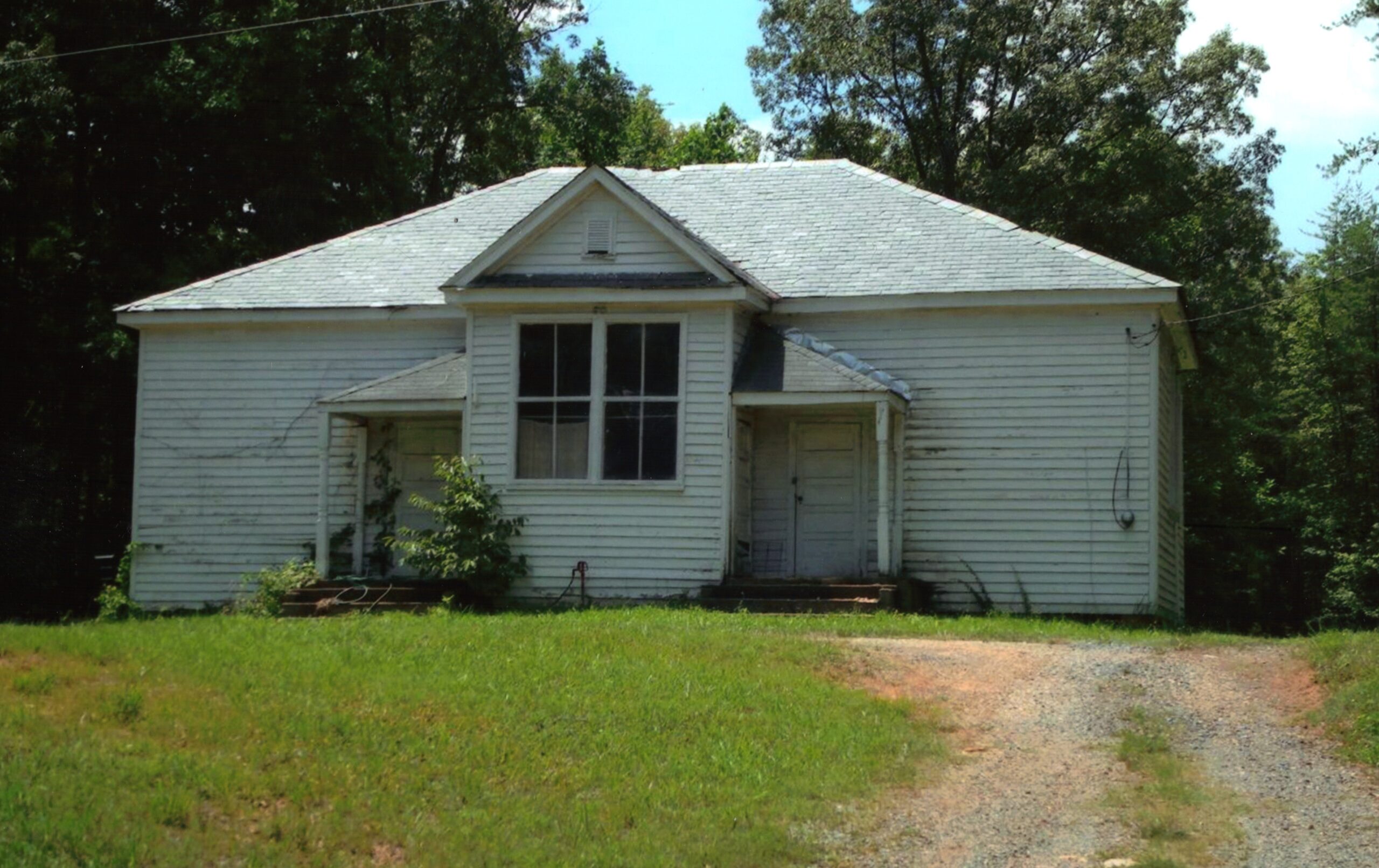Stream exclusion fencing part II
Published 11:32 am Thursday, September 6, 2018
The benefits keep growing.
This month, the Piedmont SWCD has partnered with JB Daniel, Grazing Specialist for the USDA Natural Resources Conservation Service, who authored this article. This is a continuation from last month’s article entitled, “Stream exclusion fencing: What do you, the farmer, actually get out of it?”
As I drive across Virginia, the nearly three million open pasture acres are beautiful to see. Yet, I also recognize that the majority of these acres are not managed to their full productive potential. Thousands of farmers across the state have partnered with conservation agencies to establish grazing management systems with alternate water sources while many thousands more have not.
Trending
For decades now, multiple agencies have provided a financial incentive for farmers to voluntarily fence livestock out of Virginia streams. It’s easy for “the government” to say the benefits outweigh the costs, but the decision can be a hard one for those considering the work involved in long-term maintenance.
Most farmers recognize that limiting access or completely excluding livestock from streams, ponds and rivers on their property has a direct positive impact to surface water quality downstream but may still wonder, “How will this directly benefit me?”
Higher forage yield. A well planned and managed grazing system allows the forage to rest and regrow instead of being continuously grazed. This process increases the health and vigor of the forage stand, resulting in a higher annual forage yield. The plants have time to maintain themselves and expand their root systems, resulting in a healthier, more resilient forage stand that more easily endures through and recovers from summer droughts.
Managing your livestock at a higher density, all in one paddock, allows you to rotate them to a new paddock before the grass is grazed too short. They graze more uniformly, have a higher forage utilization rate, and typically have higher quality forage to graze in a more vegetative stage longer throughout the season.
More control over your herd. Better grazing management provides a higher volume of fresh, nutritious forage that also translates into improved livestock performance. This system gives you maximum control over the livestock and puts you back in charge. It greatly increases your flexibility in managing your herd and, more importantly, improves your animal handling capability. I’ve heard it over and over again. Farmers are amazed at how easy it is to move cattle to another paddock or back to the barn to work them. The process literally goes from hunting/chasing cattle out of the thickets for hours to calling and leading them in minutes.
Success breeds success. Once the basics of the grazing system are in place and you get used to the new way of managing your livestock, you quickly begin to see the results. Most farmers then begin to look for other ways to improve their operations. For example, stockpiling fescue in the fall and strip grazing it over the winter to decrease hay feeding days can save even more money. For many, the improvements are contagious and you want to keep taking it to a higher level.
Trending
Want to hear more? Ask your district conservationist to introduce you to a local farmer who has already benefited from a project like this. You can also search for “A Step by Step Approach to Building Pasture Productivity and Soil Health” on YouTube to learn from a farmer who started by fencing his streams then changed his management approach to benefit so much more through this process.
J.B. DANIEL is a Forage and Grassland Agronomist with USDA-NRCS. He can be reached via email at j.b.daniel@va.usda.gov.






